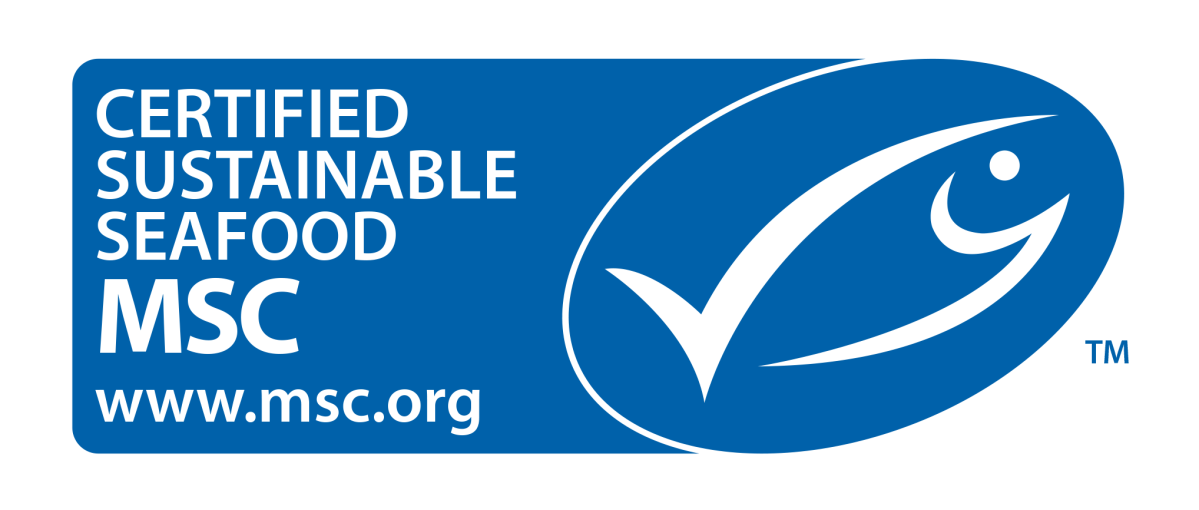Is “sustainable seafood” really sustainable?

In a 2011 survey, the World Wildlife Fund found that 91 per cent of Canadians want sustainable seafood. But only eight per cent feel like they have enough information on where the seafood they buy comes from.
That’s a huge gap in knowledge.
So how do you know if the fish you buy is sustainable?
The same survey found 65 per cent look to the grocery store or the packaging to find out whether the seafood they buy is sustainable, so it’s extremely important to make sure the labels are correct.
But a new study from researchers in Denmark questions whether a label should really be the standard for “sustainable.”
The study, titled Really sustainable? Inherent risks of eco-labeling in fisheries, was based on a European Union funded research project called MYFISH and raises questions about the process it takes to label a product.
In Canada and around the world, various organizations will provide certification on a fishery’s sustainability (i.e. how well they sustain fish stocks and minimize environmental impacts).
The most recognized label is the Marine Stewardship Council, a not-for-profit company that is known as a global standard for sustainable fishing.
- Singh mulls TikTok return as U.S. nears potential ban over security fears
- EV sales in Canada rose in recent years despite higher interest rates. Why?
- Possible TikTok ban in U.S. looms after Biden signs bill, setting up legal fight
- 2021 heat dome fuelled by climate change, intensified wildfire risk: study
This label is used as a market tool to open up new places to sell a company’s fish and give customers an incentive to buy the product.
The study claims using the label as a market tool is leading to a decrease of standards “in order to satisfy the increased demand in certified products.”
The MSC outsources the certification process to accredited firms, and the cost is set by the third-party accreditor.
The cost for certification, which would allow a fishery to brand itself with the MSC label, can be anywhere from US$15,000-US$120,000, according to the study. (A representative from MSC Canada could not confirm pricing information because it is not done by them.)
“This means that fisheries which can afford to apply for certification will have access to the label and not necessarily those which are fishing in the most sustainable way,” study author Maria Hadjimicheal explained to Global News.
She said she spoke to fisherman in Scotland who (at the time) could not afford to apply for certification even though they considered themselves very sustainable.
They were “finding difficulties to sell their fish,” because they weren’t certified.
The study also shows examples where a large-scale fishery certification process was contested by environmental groups (including the World Wildlife Fund), but was awarded the label anyway.
MSC and labeling isn’t all bad, Hadjimicheal clarifies, but she hopes the study furthers the debate on labels and sustainable seafood.
“Environmental concerns require a new kind of thinking and a new kind of operating in the world.”
MSC Canada representative Celine Rouzaud says the company is currently trying to make certification more accessible, including adding tools, funding and training initiatives.
Despite any pitfalls, a representative from WWF Canada says the MSC certification is still considered “best in class” of all wild-caught fisheries certification scheme.
But that doesn’t mean they can’t get better.
MSC Canada agrees.
“Improving the MSC program so that barriers felt by some fisheries can be overcome is a distinct, sincere intent of the MSC,” she writes in an email to Global News.
“It will take some time, but having only recently demonstrated the concept of a market-based seafood sustainability program, MSC can now work to significantly improve accessibility.”
According to statistics provided by MSC Canada, 41 Canadian fisheries are certified and four are currently in the process. That amounts to 61 per cent of Canadian catch, by volume.
RELATED: Canadian scientists urge Liberals to restore fisheries protection






Comments